: 2025
: 2024
: 2023
: 2022
: 2021
: 2020
: 2019
: 2018
: 2017
: 2016
: 2015
: 2014
: 2013
: 2012
: 2011
: 2010
: 2009
: 2008
: 2007
:



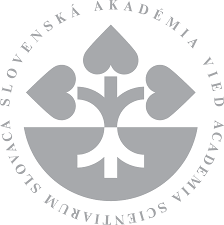


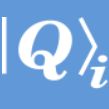
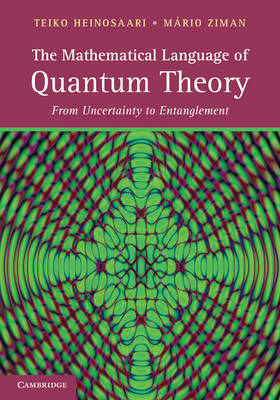
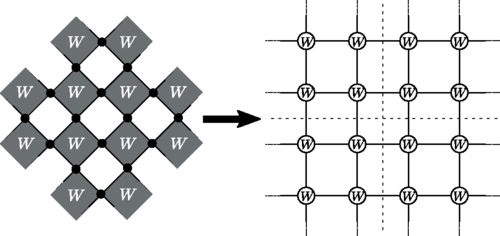 11.12.2017 Research publication
11.12.2017 Research publication
Critical behavior of the two-dimensional icosahedron model
In the context of a discrete analog of the classical Heisenberg model, we investigate the critical behavior of the icosahedron model, where the interaction energy is defined as the inner product of neighboring vector spins of unit length pointing to the vertices of the icosahedron. The effective correlation length and magnetization of the model are calculated by means of the corner-transfer-matrix renormalization group (CTMRG) method. A scaling analysis with respect to the cutoff dimension m in CTMRG reveals a second-order phase transition characterized by the exponents ν=1.62±0.02 and β=0.12±0.01. We also extract the central charge from the classical analog of entanglement entropy as c=1.90±0.02, which cannot be explained by the minimal series of conformal field theory.
by
Hiroshi Ueda, Kouichi Okunishi, Roman Krčmár, Andrej Gendiar, Seiji Yunoki, and Tomotoshi Nishino
Phys. Rev. E 96, 062112 (2017) |+++| APVV-16-0186 (), VEGA 2/0130/15 (OAQS), |
 11.11.2017 Popularisation
11.11.2017 Popularisation
Quantum cryptography A popular science talk by Daniel Nagaj at researcher's night follow-up event in Pieštany || ΞΞΞ || (in Slovak) Šikovní vedci prišli s otázkou: Mohli by na seba dvaja ľudia nahlas rozprávať bez toho, aby im hocikto iný mohol rozumieť? Spolu sa nad tým zamyslíme a prídeme na to, že sa to nedá pomocou nového vymysleného jazyka, pretože aj ten by sa počúvajúci postupne naučili. Jednou z odpovedí je je kryptografia s verejnými a tajnými kľúčmi, založená na tom, že niektoré úlohy je veľmi ťažké vypočítať. Kvantové počítače (ktoré ešte nemáme) ale tieto úlohy budú schopné riešiť celkom rýchlo. Znamená to koniec šifrovania? Nie. Nakoniec uvidíme, ako sa sen o bezpečne utajených správach stáva skutočnosťou v tajomnom svete malinkých, rýchlo letiacich častíc - kvantovo previazaných fotónov. Budeme sa hrať so svetlom a ukážeme si, ako sa pomocou nich dajú posielať naozaj tajné správy.
|
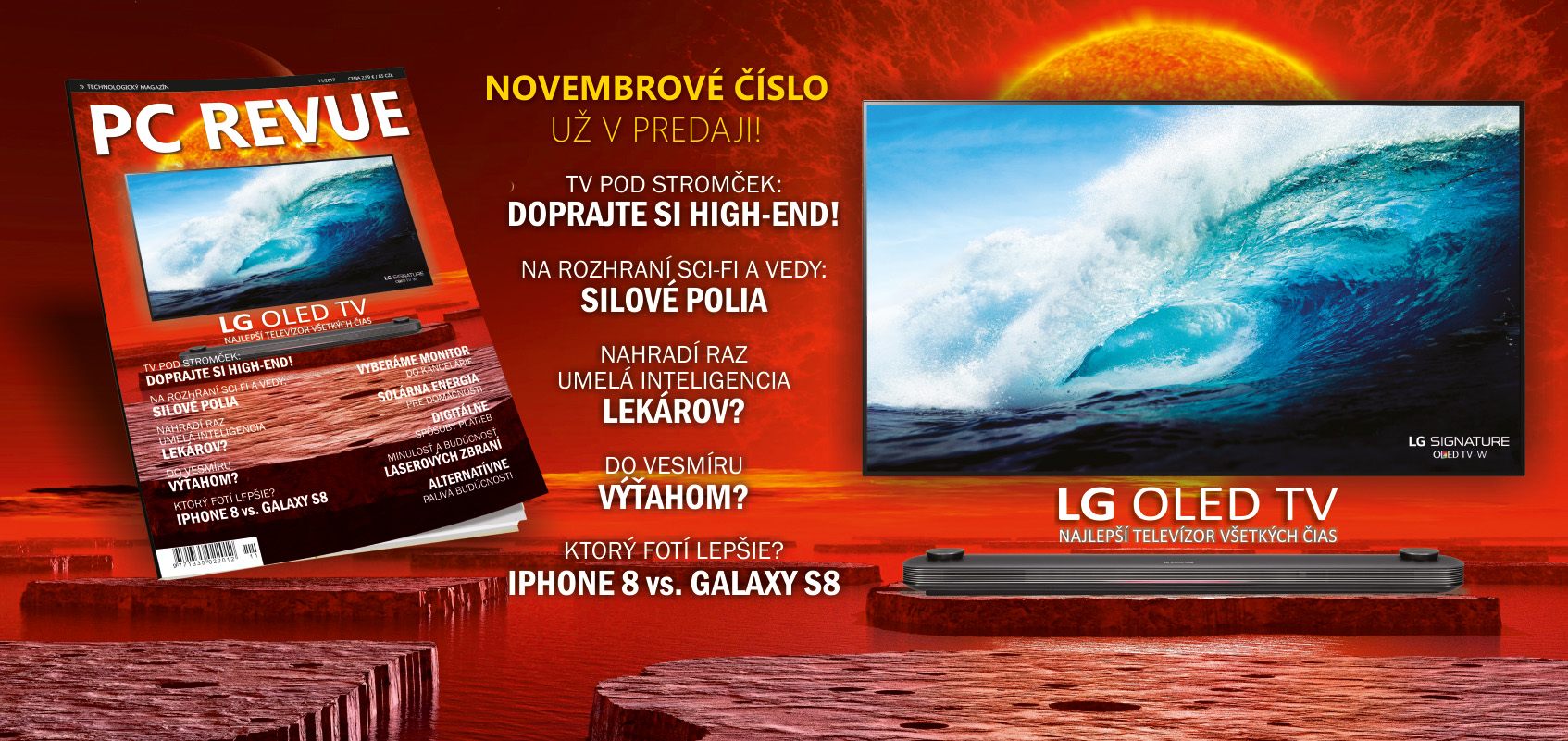 09.11.2017 Popularisation
09.11.2017 Popularisation
Kvantové šifrovanie (Quantum cryptography) Popular article in journal PC Revue by Mario Ziman. || ΞΞΞ || (in Slovak) V piatok 29. septembra 2017 sa uskutočnil kvantovo zašifrovaný videohovor medzi prezidentmi čínskej a rakúskej akadémie vied. Kvantové šifrovanie tak dosiahlo nový rekord vo vzdialenosti – z rádovo stoviek kilometrov sme sa týmto experimentom skokom posunuli na 7400 km. Na komunikáciu sa použil čínsky satelit Micius, ktorý sprostredkoval kvantovú výmenu šifrovacieho kľúča. Odhliadnuc od unikátnosti použitých technológií a významného vedeckého prínosu, tento experiment ukazuje, že kvantovo zabezpečená komunikácia je naozaj otázka relatívne blízkej budúcnosti. Ako to funguje a na čo všetko máme byť pripravení? ...
|
 06.11.2017 Popularisation
06.11.2017 Popularisation
Žiadne jablko nepadlo kvantovému fyzikovi do cesty || ↓↓↓ || An interview about his way to quantum technologies with Mario Ziman for Eductech in the series Road to profession. || ΞΞΞ || (in Slovak) Spája sa v ňom odborník na kvantovú fyziku a kvantové informácie, ale aj ohromný nadšenec pre tento odbor. Je doslova vedecký optimista: myslí si, že kvantové senzory zlepšia medicínu, kvantové počítače nájdu nové materiály a lieky a kvantový internet nám naozaj umožní bezpečnú komunikáciu a online anonymitu. Docent Mário Ziman, vedúci Centra pre výskum kvantovej informácie Fyzikálneho ústavu SAV.
Ste fyzik. Ako ste sa k tomu dostali? .... |
 10.10.2017 Popularisation
10.10.2017 Popularisation
Institute Open Door Day 2017 || ΞΞΞ || Wednesday 08/11/2017 (9:00-16:00) the doors of laboratories of our Institute are open for public. We are looking forward to discuss with you quantum physics and future quantum technologies. Come and select on our Quantum Jukebox your favorite quantum topic (quantum teleportation, quantum computer, quantum double-slit experiment, ..., quantum healing), or ask your own question. In QUTE Auditorium our colleague Andrej Gendiar will give a talk t.b.a.. More instructions here: || ΞΞΞ || (in Slovak) |
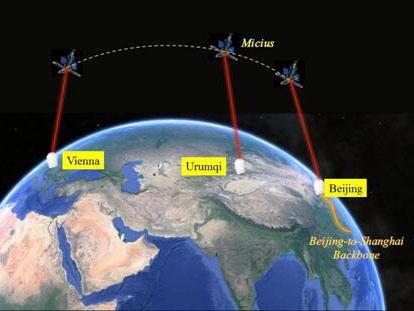 05.10.2017 News
05.10.2017 News
Quantum communication security between Beijing and Vienna (7400 km) Last Friday (29/09/2017) the chinesse satelite Micius (launched in 2016) enabled us to share a secret key in the quantum way. Researchers from Austria (led by Anton Zeilinger) and China (led by Jian-Wei Pan) exploits the quantum nature of photon's polarisation to implement the first space-based quantum key distribution protocol. This makes the era of quantum internet a (qu)bit closer. Congratulations! ||ΞΞΞ|| and || video || |
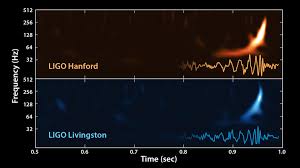 04.10.2017 News
04.10.2017 News
Physics Nobel Prize 2017 for observation of gravitational waves. For their decisive contributions to the LIGO detector and the observation of gravitational waves the Prize is awarded to Rainer Weiss, Barry C. Barish and Kip Thorne. Gravitational waves were predicted hundred years ago by Albert Einstein. LIGO experiment has observed gravitational waves that were created in the collision of two black holes more than 1.3 bilions years ago, i.e. when first plants started to inhabiqtate our Earth. |
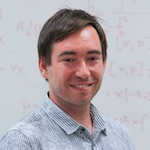 03.10.2017 Popularisation activity
03.10.2017 Popularisation activity
Peeping into the Quantum Computing World On Friday, October 6th (15:40, FEI STU, Bratislava) our colleauge Michal Sedlák will be speaking at OPENSLAVA 2017 conference || ΞΞΞ ||.
Although quantum physics was founded more than ninety years ago this very useful and successful theory still seems unintuitive and puzzling to everyone. Devices relying on quantum effects already found their way into our everyday lives (Lasers, LED lights, Magnetic Resonance Imaging, …), yet they have not changed much our thinking. However, the thoughts of modern physics like R. Feynman, D. Deutsch and Peter Shor may revolutionize the way we think about information and computation. The aim of this talk is to describe basic ideas behind advantages of quantum computers and to explain how they ruin common cryptographic schemes, but gave us unconditionally secure quantum cryptography.
|
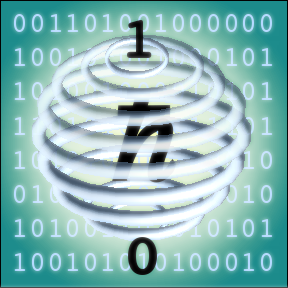 02.10.2017
02.10.2017
Our Researcher's Night 2017 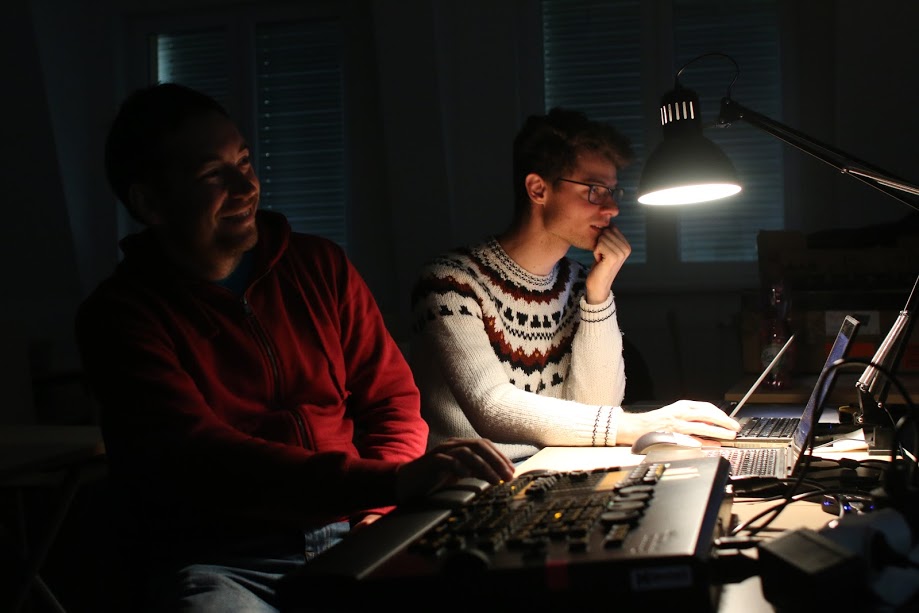
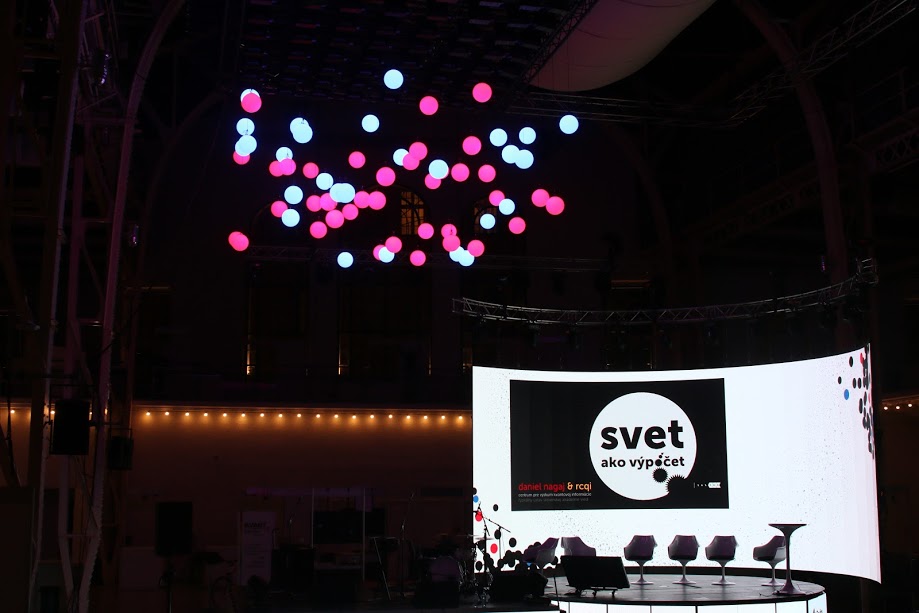

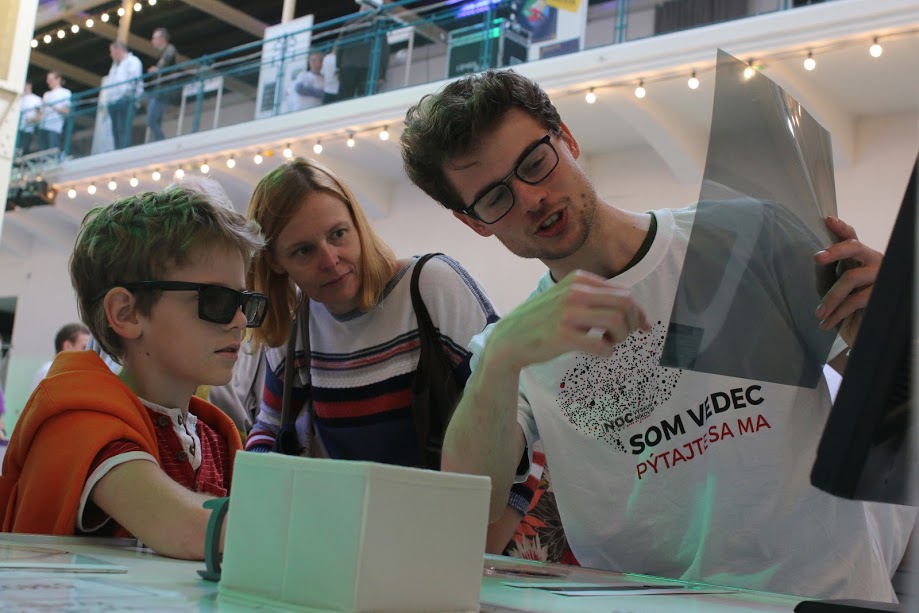
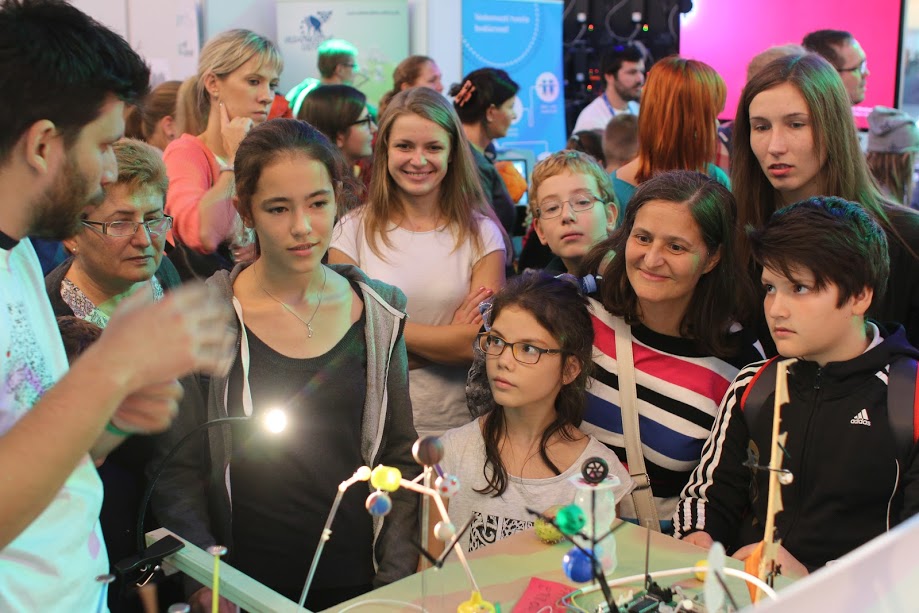
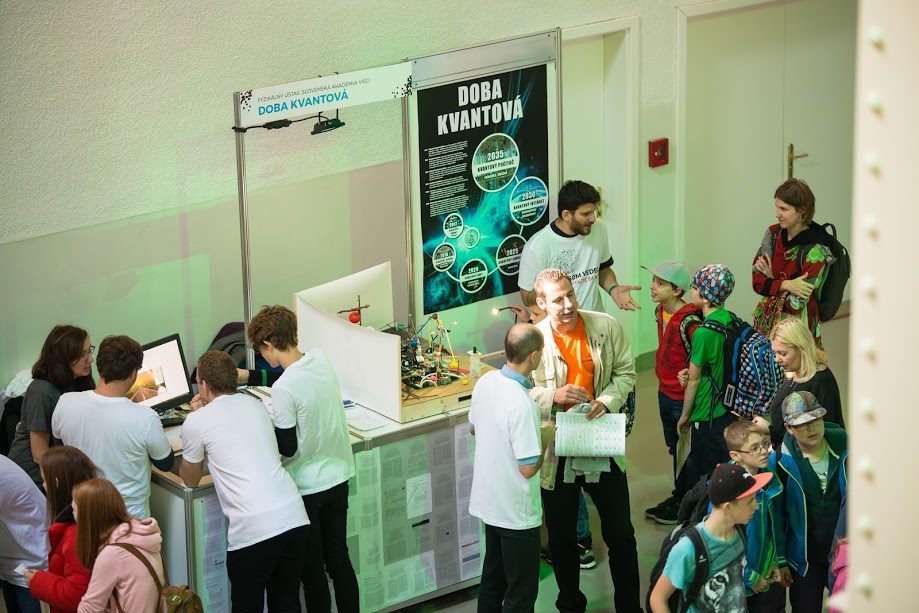
|
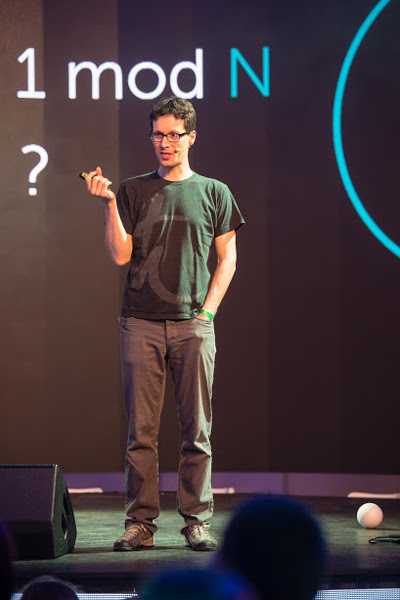 29.09.2017 Popularisation activity
29.09.2017 Popularisation activity
The world as the computation (in Slovak, Svet ako výpočet) ΞΞΞ During the festival Researcher's Night 2017 happening on September 29th (20:30, Stará tržnica, Bratislava) our colleague Daniel Nagaj will be giving a magical talk on the beauty of complexity theory dressed in quantum settings. You will learn about quantum teleportation and related subjects that has inspired the so-called second quantum revolution in science and development of future quantum technologies. |
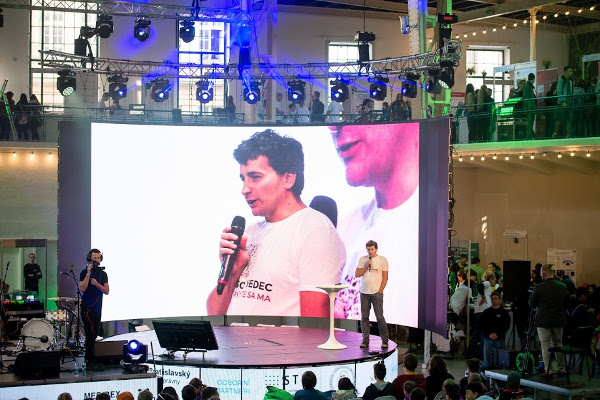 29.09.2017 Popularisation activity
29.09.2017 Popularisation activity
Quantum world (in Slovak, Kvantový svet) ΞΞΞ Short 15 minutes introduction to quantum magic simulated by kinetic balls and presented by Mario Ziman (or other way round?). The presentations are part of Resercher's Night Fest in Stará Tržnica (Bratislava). Be there at 9:15, 12:00 and 15:00 and look for the main stage. |
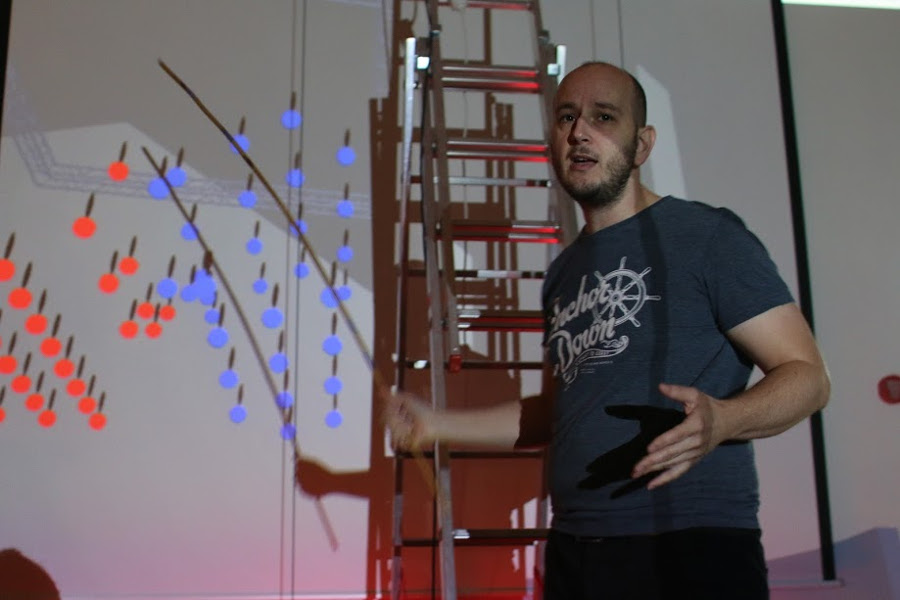 21.09.2017 Popularisation activity
21.09.2017 Popularisation activity
Meeting us at Researcher's night in Bratislava Book Friday, September 29th for a closer quantum experience of the second type. We will be there in Stará tržnica in Bratislava happy to introduce you to the world of quantum phenomena and to explain the bright future of quantum technologies. Under our guidiance you could try to touch the qubit, or to experience the quantum car drive, or to compete in math with the quantum computer. You are welcome to visit our stand to really understand otherwise boring performance of kinetic balls, or join our presentations at the main stage 9:15, 12:00, 15:00 RCQI team: Quantum world (Kvantový svet) 20:30 Daniel Nagaj: The world as the computation (Svet ako výpočet) We are looking forward to see you there. More information on Researcher's night (in Slovak) |
 22.09.2017 Research publication
22.09.2017 Research publication
Higher-order spin and charge dynamics in a quantum dot-lead hybrid system
Understanding the dynamics of open quantum systems is important and challenging in basic physics and applications for quantum devices and quantum computing. Semiconductor quantum dots offer a good platform to explore the physics of open quantum systems because we can tune parameters including the coupling to the environment or leads. Here, we apply the fast single-shot measurement techniques from spin qubit experiments to explore the spin and charge dynamics due to tunnel coupling to a lead in a quantum dot-lead hybrid system. We experimentally observe both spin and charge time evolution via first- and second-order tunneling processes, and reveal the dynamics of the spin-flip through the intermediate state. These results enable and stimulate the exploration of spin dynamics in dot-lead hybrid systems, and may offer useful resources for spin manipulation and simulation of open quantum systems.
by
Tomohiro Otsuka, Takashi Nakajima, Matthieu R. Delbecq, Shinichi Amaha, Jun Yoneda, Kenta Takeda, Giles Allison, Peter Stano, Akito Noiri, Takumi Ito, Daniel Loss, Arne Ludwig, Andreas D. Wieck, Seigo Tarucha
Scientific Reports 7, 12201 (2017) |+++| |
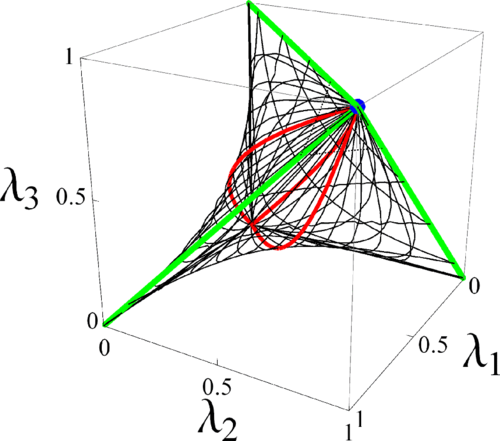 14.09.2017 Research publication
14.09.2017 Research publication
Divisibility of quantum dynamical maps and collision models
The divisibility of dynamical maps is visualized by trajectories in the parameter space and analyzed within the framework of collision models. We introduce ultimate completely positive (CP) divisible processes, which lose CP divisibility under infinitesimal perturbations, and characterize Pauli dynamical semigroups exhibiting such a property. We construct collision models with factorized environment particles, which realize additivity and multiplicativity of generators of CP divisible maps. A mixture of dynamical maps is obtained with the help of correlated environment. The mixture of ultimate CP divisible processes is shown to result in a class of eternal CP indivisible evolutions. We explicitly find collision models leading to weakly and essentially non-Markovian Pauli dynamical maps.
by
S. N. Filippov, J. Piilo, S. Maniscalco, and M. Ziman
Phys. Rev. A 96, 032111 (2017) |+++| APVV-14-0878 (QETWORK), VEGA 2/0173/17 (MAXAP), GACR GA16-22211S |
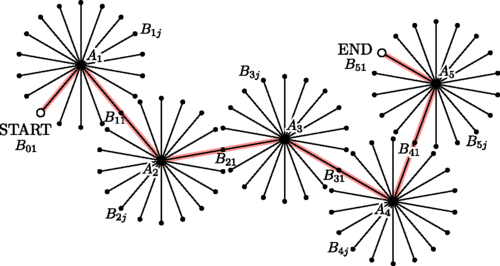 13.09.2017 Research publication
13.09.2017 Research publication
Finding paths with quantum walks or quantum walking through a maze
We show that it is possible to use a quantum walk to find a path from one marked vertex to another. In the specific case of M stars connected in a chain, one can find the path from the first star to the last one in O(M√N) steps, where N is the number of spokes of each star. First we provide an analytical result showing that by starting in a phase-modulated highly superposed initial state we can find the path in O(M√N logM) steps. Next, we improve this efficiency by showing that the recovery of the path can also be performed by a series of successive searches when we start at the last known position and search for the next connection in O(√N) steps leading to the overall efficiency of O(M√N). For this result we use the analytical solution that can be obtained for a ring of stars of double the length of the chain.
by
Daniel Reitzner, Mark Hillery, and Daniel Koch
Phys. Rev. A 96, 032323 (2017) |+++| SASPRO, APVV-14-0878 (QETWORK), VEGA 2/0151/15 (QWIN) |
 18.08.2017 Research publication
18.08.2017 Research publication
Nuclear-spin-induced localization of edge states in two-dimensional topological insulators
We investigate the influence of nuclear spins on the resistance of helical edge states of two-dimensional topological insulators (2DTIs). Via the hyperfine interaction, nuclear spins allow electron backscattering, otherwise forbidden by time-reversal symmetry. We identify two backscattering mechanisms, depending on whether the nuclear spins are ordered or not. Their temperature dependence is distinct but both give resistance, which increases with the edge length, decreasing temperature, and increasing strength of the electron-electron interaction. Overall, we find that the nuclear spins will typically shut down the conductance of the 2DTI edges at zero temperature.
by
Chen-Hsuan Hsu, Peter Stano, Jelena Klinovaja, and Daniel Loss
Phys. Rev. B 96, 081405(R) (2017) |+++| |
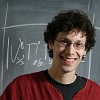 12.07.2017 popularisation
12.07.2017 popularisation
Vedci po prvý raz teleportovali fotón zo Zeme do vesmíru. Presunuli len informáciu, nie hmotu ako v Star Treku Expert opinion of Daniel Nagaj for Dennik N in newspapers article. :: Ξ Dennik N Ξ :: |
 09.06.2017 Popularisation
09.06.2017 Popularisation
Reading Universe Popular talk of Daniel Nagaj during the festival Night of Churches 2017 in Bardejov (09/06/2017 19:00-19:50). || ΞΞΞ || (in Slovak) |
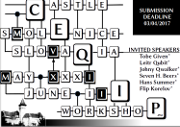 31.05.2017 workshop
31.05.2017 workshop
Central European Quantum Information Processing 2017 CEQIP workshop is traditionally focused on current challenges and paradigms of mathematical and computational aspects of emerging quantum technologies. Thanks all for coming and looking forward to see you next year. :: CEQIP website :: |
 11.04.2017 seminar
11.04.2017 seminar
QUTE SLOVAKIA In connection with the preparation of European Commission project "Quantum Flagship" the Presidum of Slovak Academy of Sciences is organizing an informal seminar aiming to introduce this project for Slovak researchers, to formulate our national priorities within the area of quantum technologies and to outline Slovak-wide supporting innitiative in the area of quantum technologies. Program: 11:00 – 11:10 E. Majková (Presidum SAS): Opening 11:10 – 12:00 V. Bužek (Institute of Physics SAS, Bratislava): Introducing Quantum Flagship Predstavenie výskumných skupín v oblasti kvantových technológií 12:00 – 12:20 M. Grajcar (Comenius University and Institute of Physics SAS Bratislava) 12:20 – 12:40 P. Samuely (Institute of Experimental Physics SAS, Košice) 12:40 – 13:40 obedňajšia prestávka 13:40 – 14:00 V. Cambel (Electrotechnical Institute SAS, Bratislava) 14:00 – 14:20 M. Ziman (Institute of Physics SAS, Bratislava) 14:20 – 15:50 discussion - National Project QUTE SLOVAKIA 15:50 – 16:00 Closing Date: 11/04/2017 (Tuesday), 11:00-16:00 Place: QUTE Auditorium, Institute of Physics, Bratislava |
 26.01.2017 seminar
26.01.2017 seminar
NONLOCAL SEMINAR :: http://nlseminar.weebly.com :: Program: 13:15-14:00 Siddharth Karumanchi (Brno): Conferencing encoders 14:30-15:15 Michal Sedlák (Bratislava): Storing and retrieving quantum channels 15:45-16:30 Matej Pivoluska (Vienna): On layered quantum key distribution Date: 26/01/2017 (Thursday), 12:00-18:00 Place: RCQI, Bratislava |
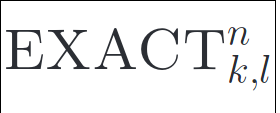 17.01.2017 research paper
17.01.2017 research paper
Exact quantum query complexity of EXACTk,ln In the exact quantum query model a successful algorithm must always output the correct function value. We investigate the function that is true if exactly k or l of the n input bits given by an oracle are 1. We find an optimal algorithm (for some cases), and a nontrivial general lower and upper bound on the minimum number of queries to the black box.
by Andris Ambainis, Jānis Iraids, and Daniel Nagaj in Lecture Notes in Computer Science 10139, SOFSEM 2017 (Springer, Cham 2017) | +++ | APVV-14-0878 (QETWORK) |
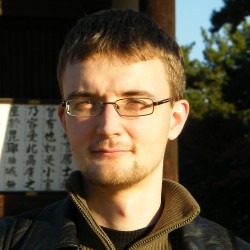 12.01.2017 PhD defense
12.01.2017 PhD defense
Public defense of our PhD student Michal Daniška of his thesis Study of classical and quantum phase transitions on non-euclidean geometries in higher dimensions. Supervisor: Dr. Andrej Gendiar Referees: - doc. RNDr. Igor Medveď, PhD (Faculty of natural sciences UKF, Nitra) - RNDr. Hana Čenčariková, PhD. (Ústav experimentálnej fyziky SAV, Košice) - doc. RNDr. Martin Moško, DrSc. (Elektrotechnický ústav SAV, Bratislava) |


